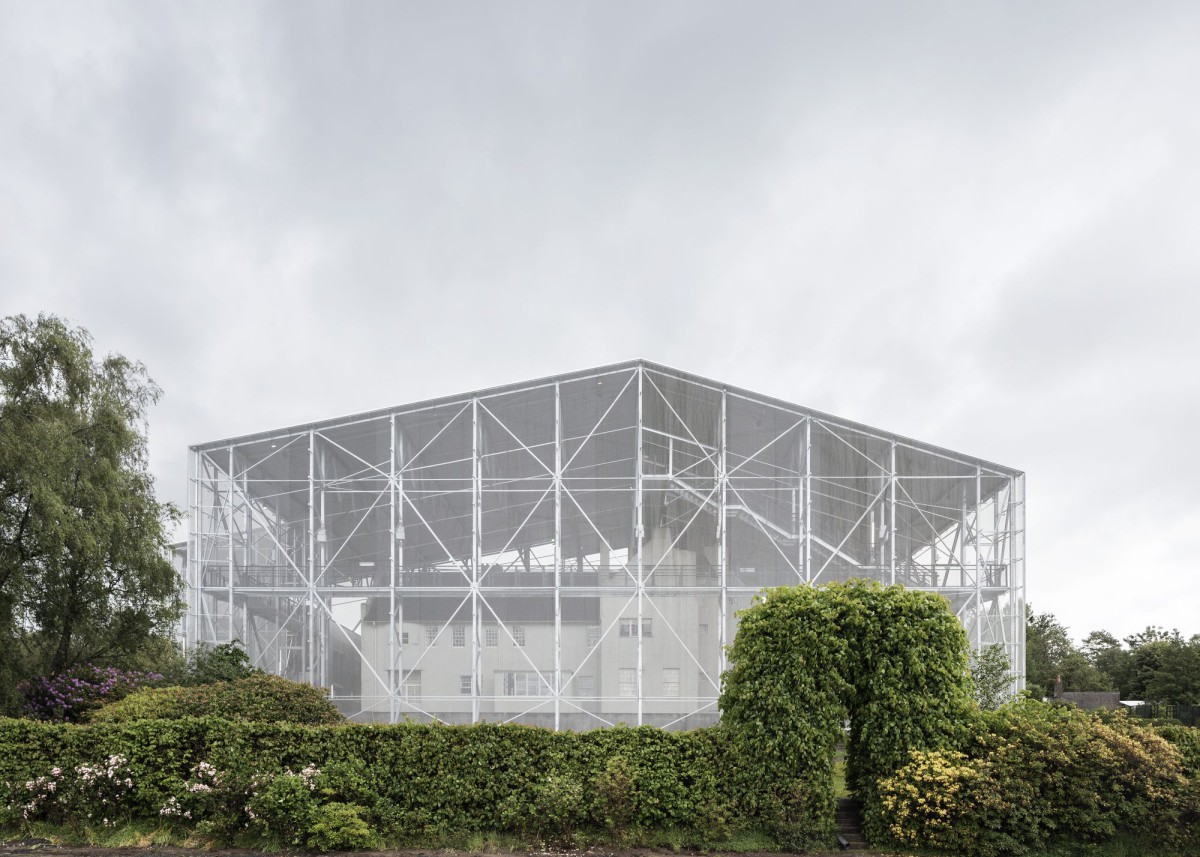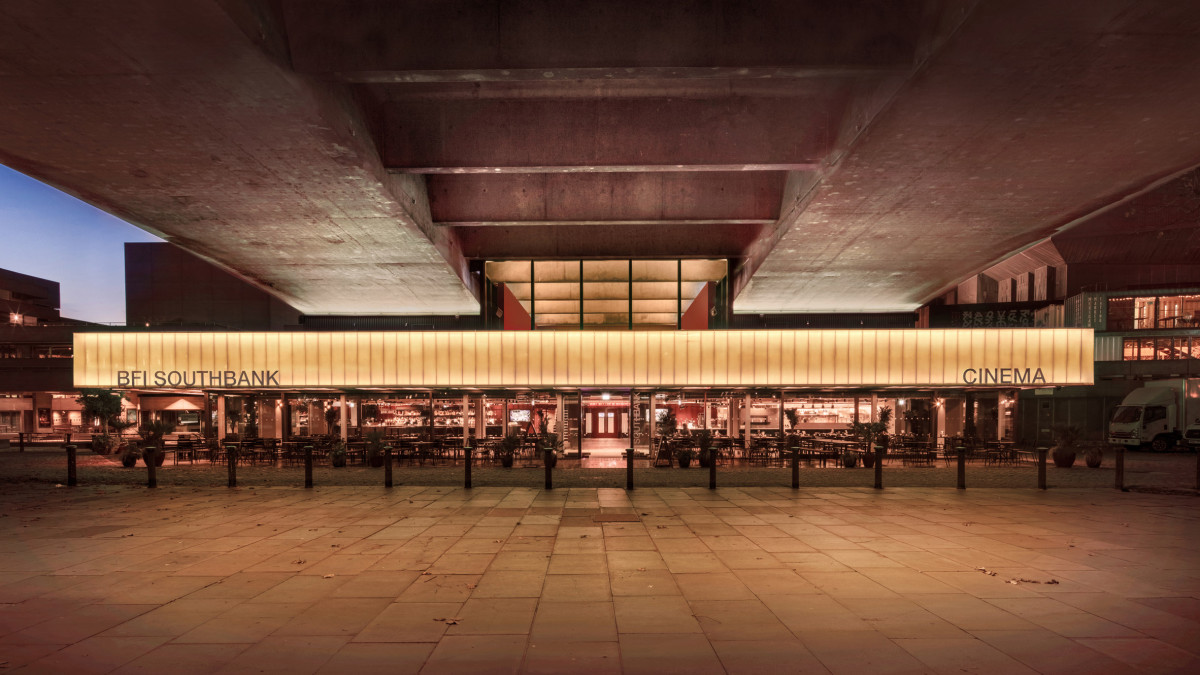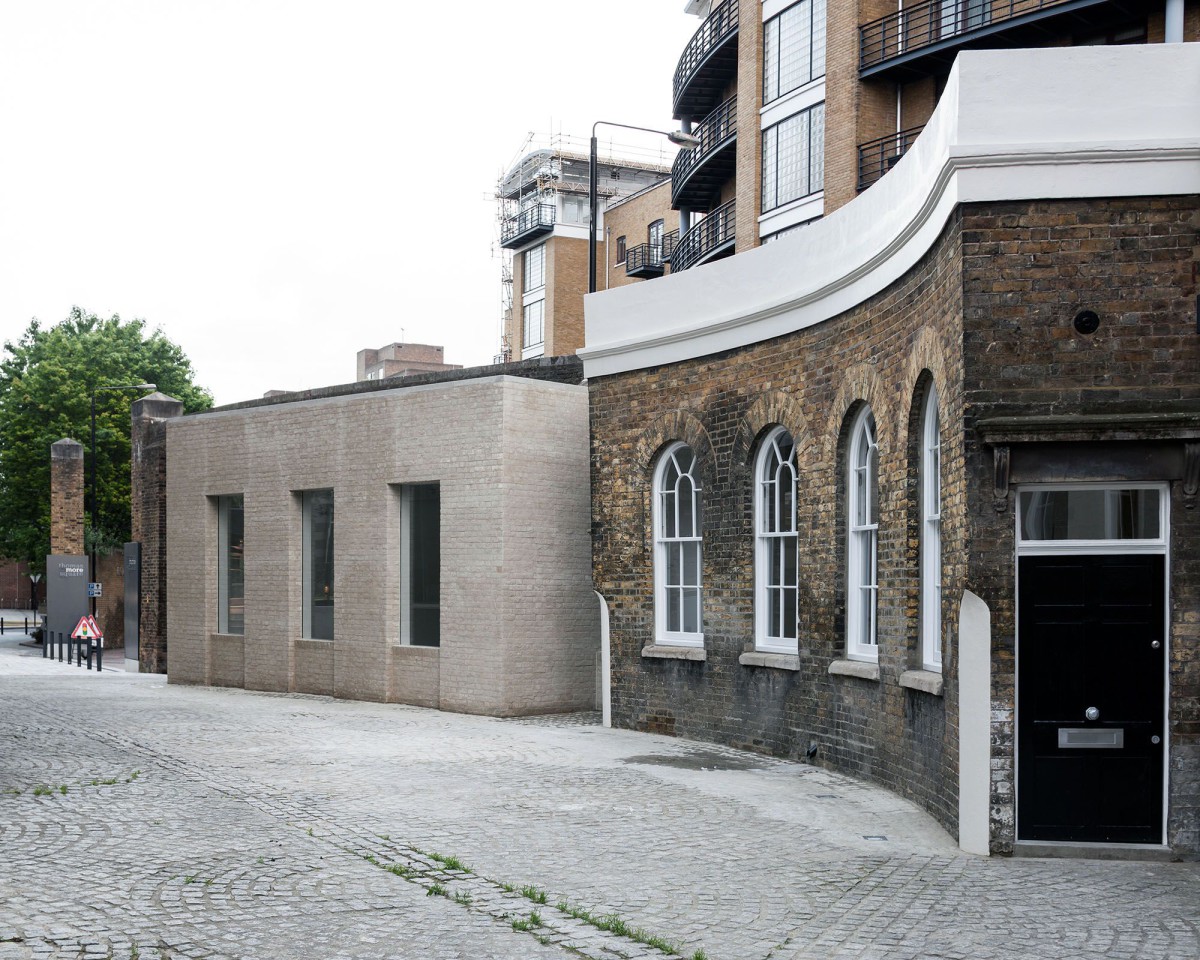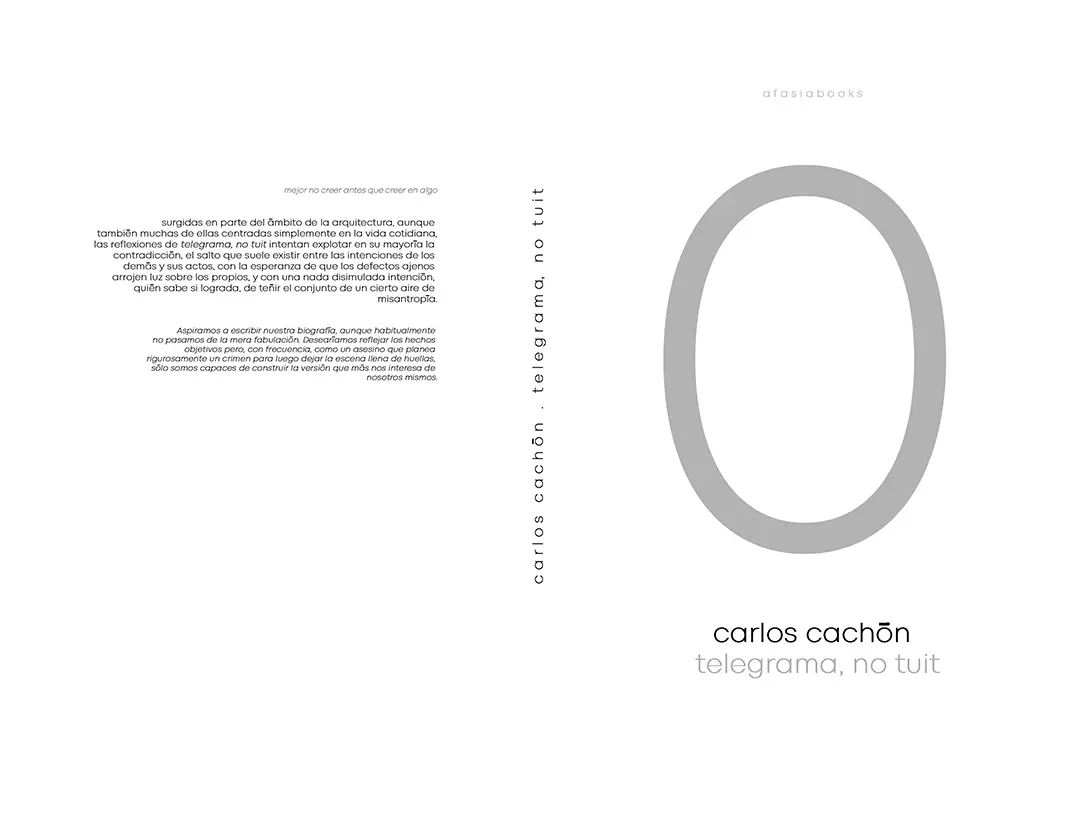Carmody Groarke . photos: © Johan Dehlin . + MEG CASSIDY
The house was constructed in 1756 and significantly rebuilt in 1829 by William John Donthorn, one of the original founders of the Royal Institute of British Architects. Originally designed as a hunting lodge, the house has seen several substantial extensions including large formal wings to each side of the symmetrical plan and incorporation of a grand staircase inside. The original building and its extensions have been encapsulated in several layers of external brickwork to give this evolving composition an architectural coherence and resulting in substantial walls up to one metre thick in places. Continue reading Carmody Groarke






